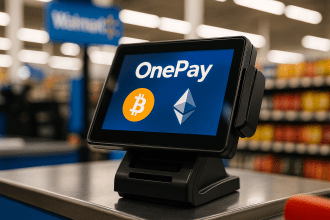ICE $2B Polymarket bet reshapes US prediction markets
Intercontinental Exchange (ICE), the owner of the New York Stock Exchange, plans to invest up to $2 billion in Polymarket, a crypto based prediction platform. Reports say the deal values Polymarket around $8–9 billion and includes a data-distribution partnership, signaling that event driven markets are moving closer to mainstream finance.
For U.S. prediction markets, the headline is simple: a top Wall Street operator is placing a large bet that regulated forecasting markets can become a standard piece of market infrastructure. ICE says it will help distribute Polymarket’s event data to institutions data that could be used to gauge real time sentiment on elections, economics, and sports while exploring tokenization projects alongside the platform. That institutional endorsement could lower reputational barriers for banks, funds, and data vendors that have watched the space from the sidelines.
The path back into the U.S. is opening but still complex. Polymarket, which previously settled with the CFTC and blocked U.S. users, has been building a compliant route by acquiring a U.S. exchange and clearinghouse (QCX/QC Clearing), a move widely viewed as a bridge to domestic operations. Even so, timing depends on federal processes and market certifications; recent reporting suggests the relaunch could be near, but procedural delays like a government shutdown can still slow approvals.
Regulatory signals are mixed but improving. Agencies have shown more willingness to entertain event contracts, and industry roundtables continue, even if they’ve produced limited immediate clarity. The broader policy climate plus court outcomes and evolving CFTC positions will shape which contracts (e.g., political, macro, sports) can be listed and how limits, disclosures, and consumer protections are enforced.
In short momentum is real, but rulemaking and supervision remain decisive.
If ICE’s investment closes as described, the biggest near term change may be on data and legitimacy rather than retail access. Institutional distribution of event driven pricing could make prediction markets a complementary signal alongside polls and macro indicators, while tokenization pilots test new issuance and settlement workflows under stricter controls. That combination credible ownership, audited rails, and measurable use cases could help the sector scale liquidity beyond niche communities.
Still, key risks remain state level restrictions, low relative liquidity compared to traditional markets, and the need to prove that markets improve forecasting rather than merely enabling gambling. The ICE Polymarket tie up does not eliminate those challenges, but it sets a clear direction regulated, data rich prediction markets integrated with established financial pipes, pending regulators’ final say.






















